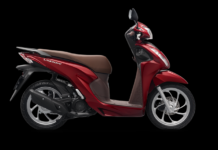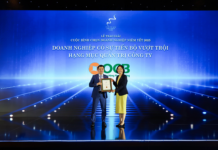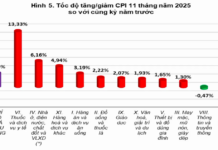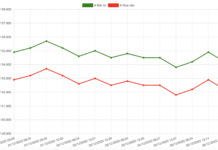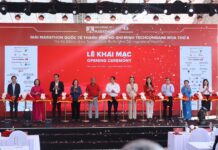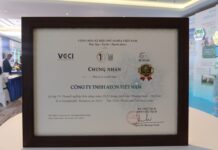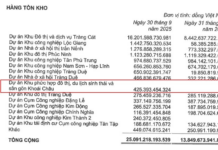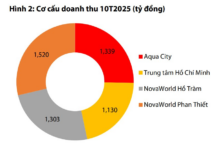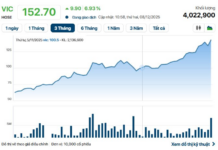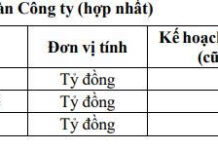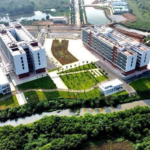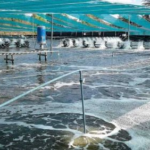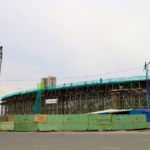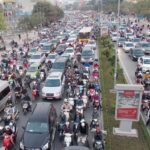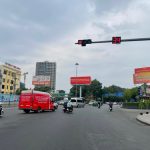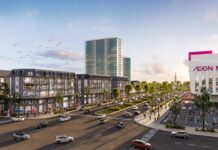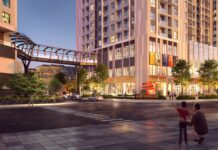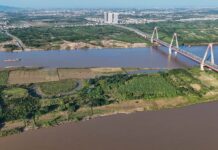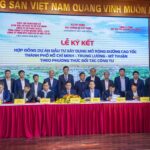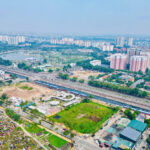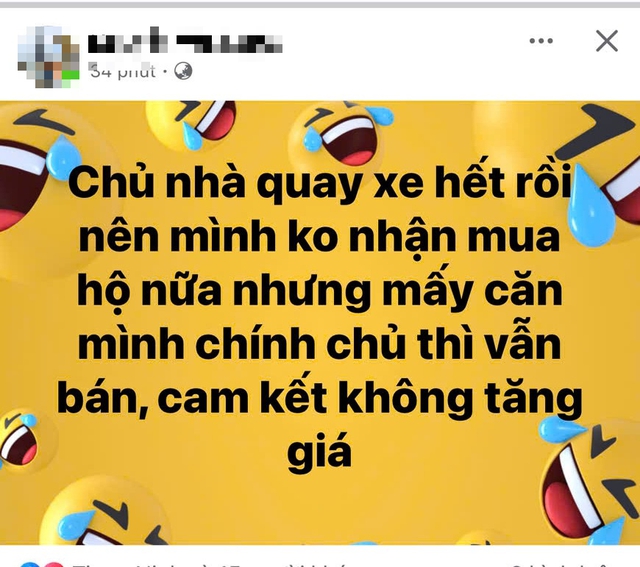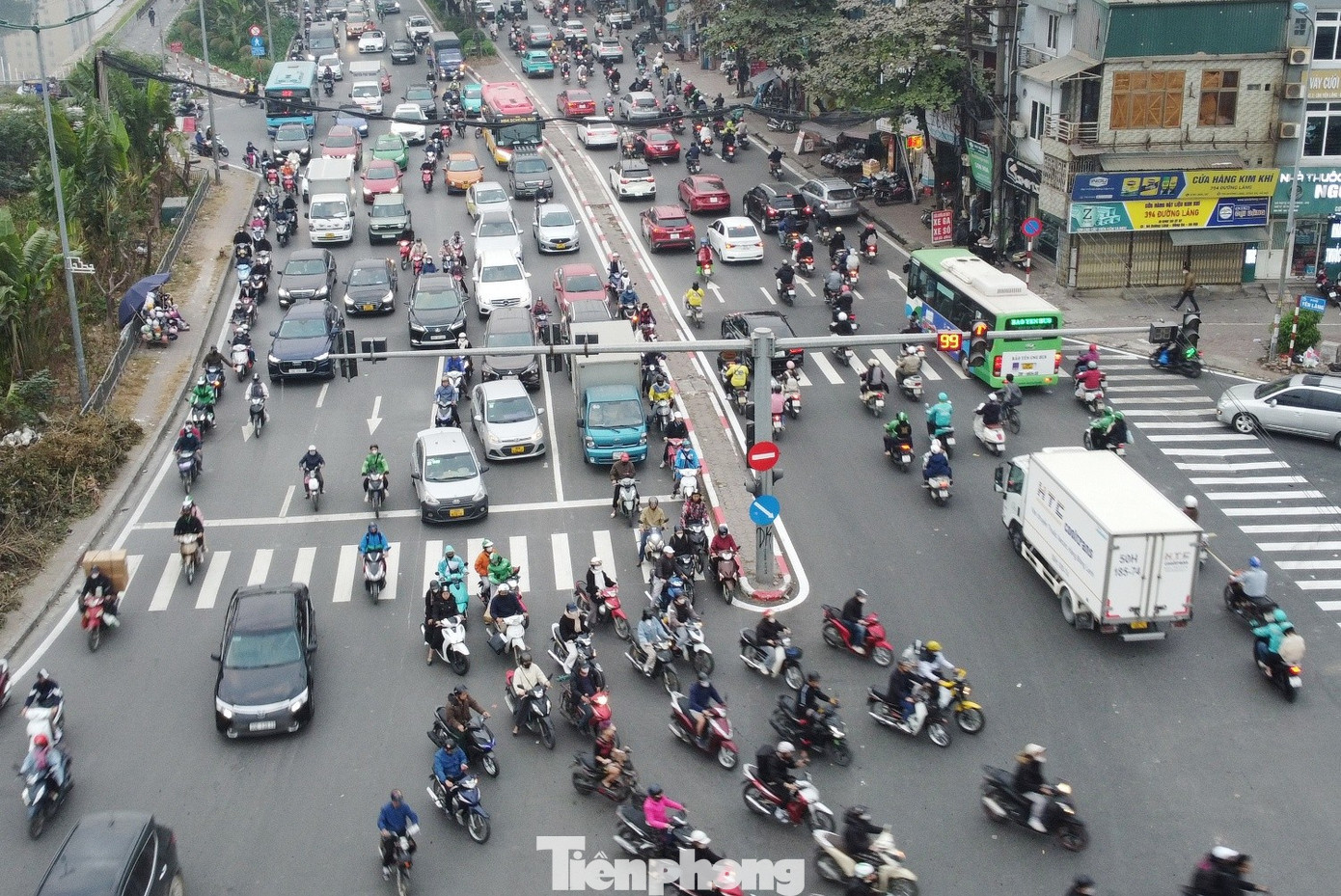
Four notorious congestion hotspots have been identified: the Lang – Yen Lang intersection, both ends of the Le Van Luong – Lang Ha overpass, the Dien Bien Phu – Tran Phu intersection, and the Tran Nhat Duat area near Chuong Duong Do port.
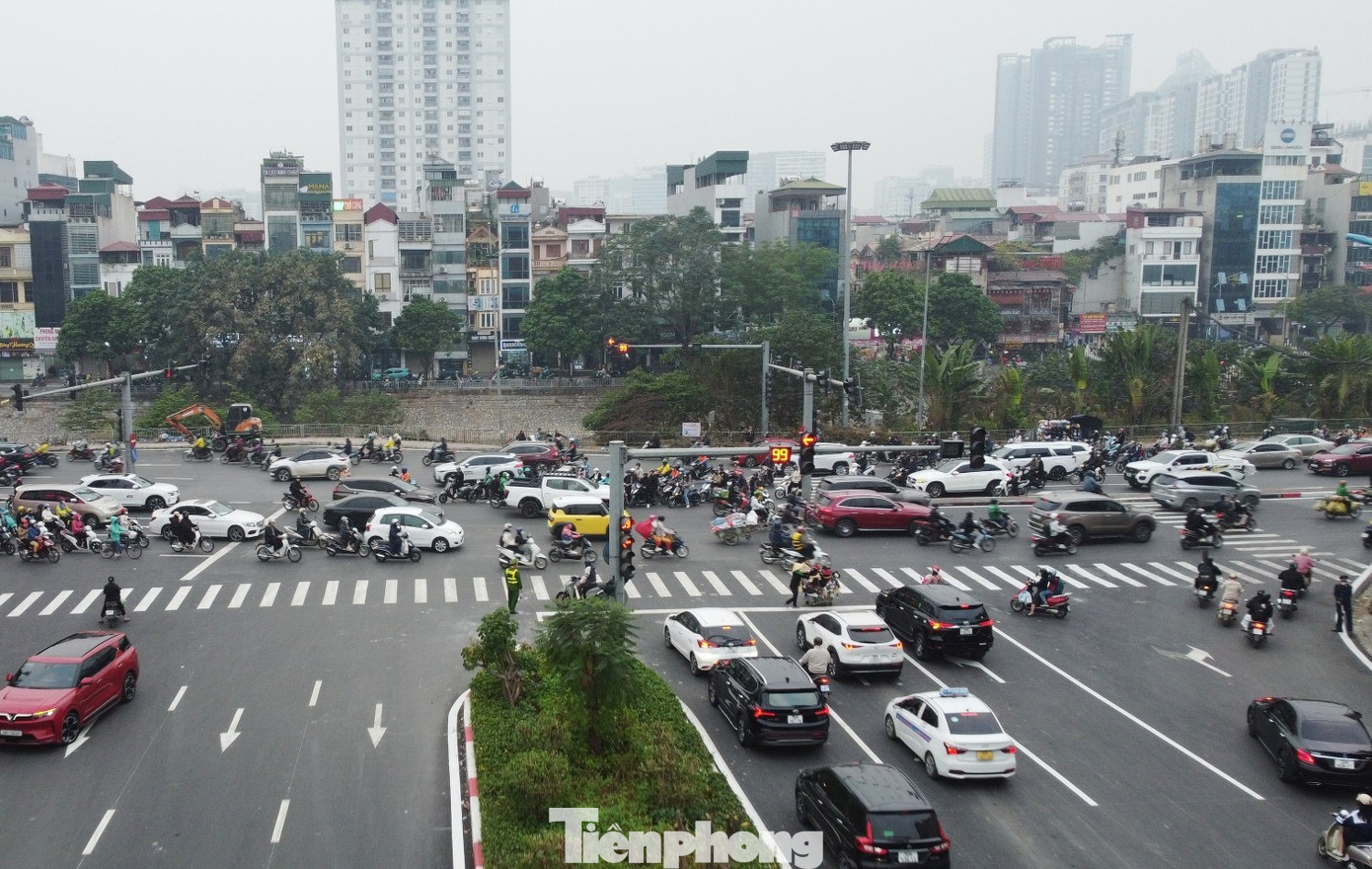
At the Lang – Yen Lang intersection, despite expansion efforts and regular traffic police presence, the sheer volume of vehicles often leads to conflicts and congestion during peak hours.
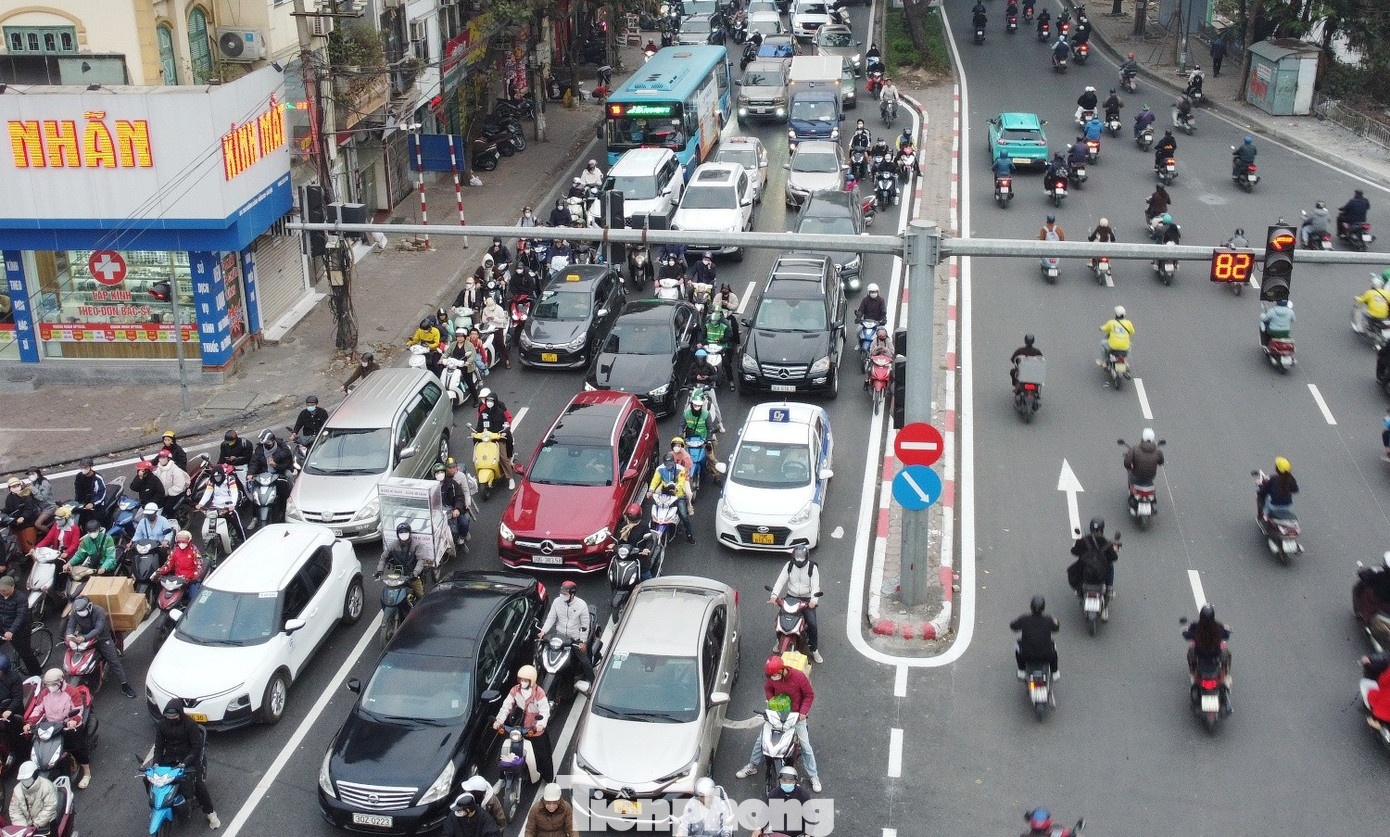
At this intersection, the heavy flow of traffic on Lang Street in both directions results in prolonged congestion.
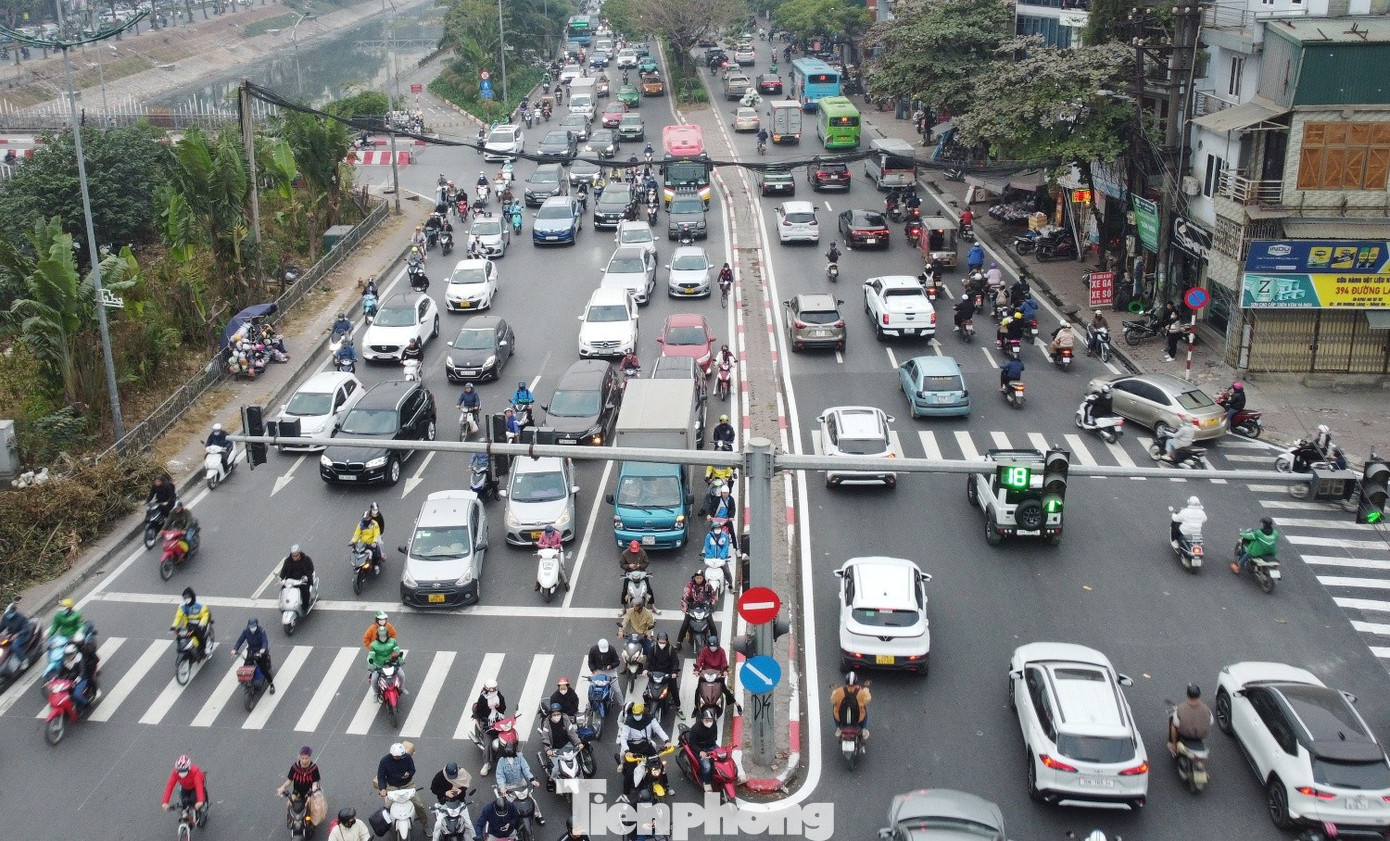
Given this situation, authorities suggest adjusting traffic light phases on Lang Street, increasing green light duration to prioritize smoother traffic flow.

At both ends of the Le Van Luong – Lang Ha overpass, the road accommodates 3-4 lanes, but the overpass itself has only 2 lanes. During peak hours, the bottleneck effect causes significant congestion, both on the overpass and at the intersection below, as seen on the morning of October 22.
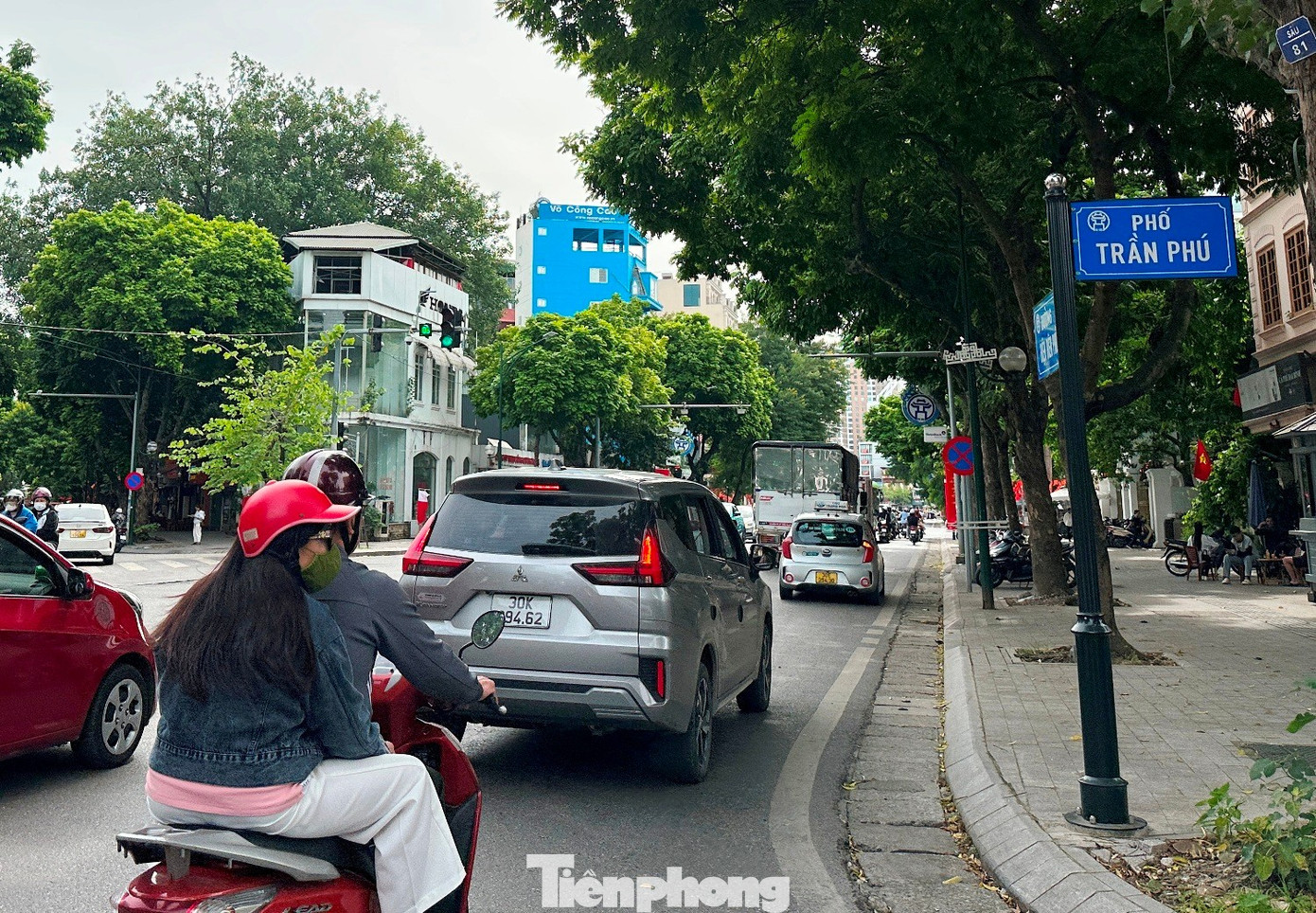
At the Dien Bien Phu – Tran Phu intersection, the highest traffic volume during peak hours is observed on Dien Bien Phu Street.
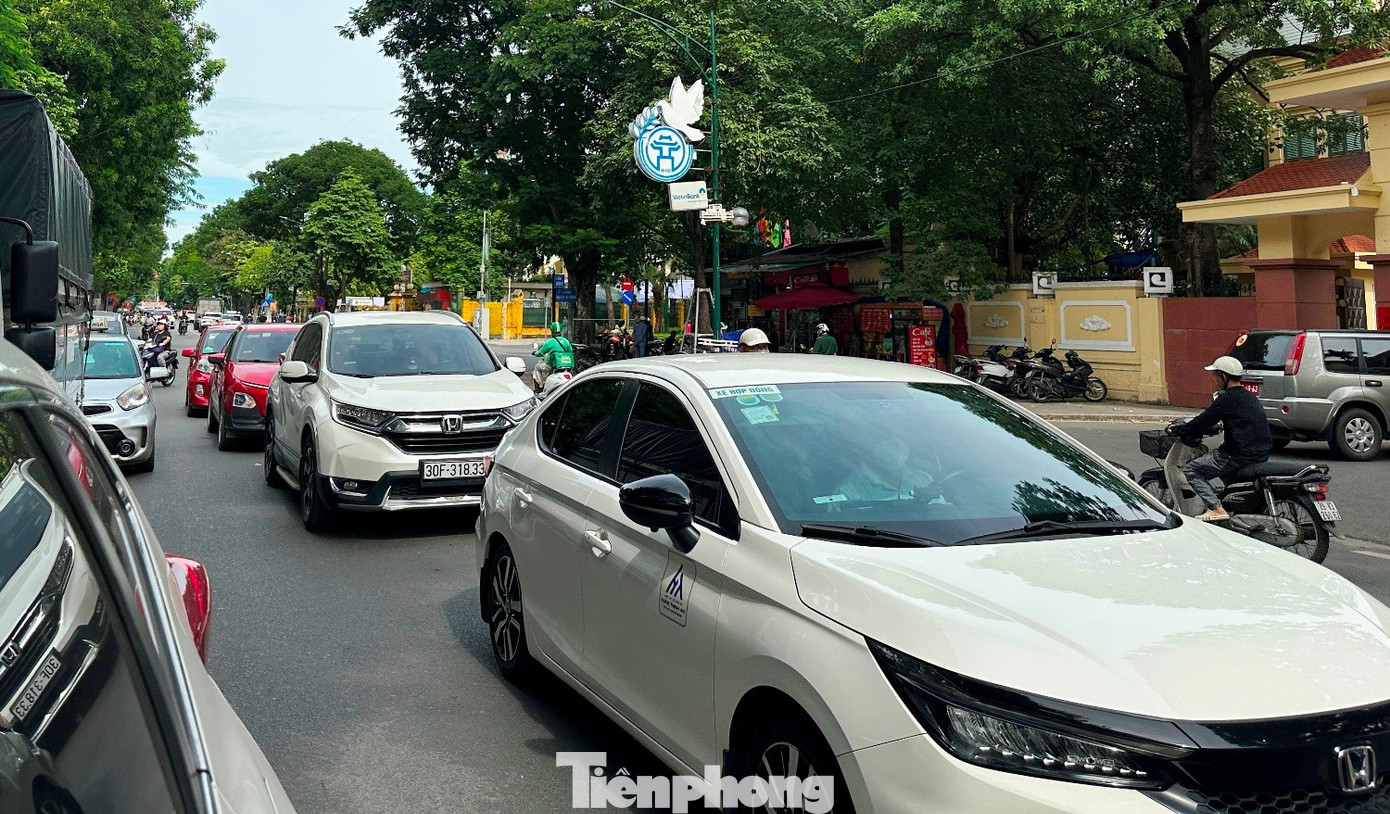
On the morning of October 22, despite traffic police efforts to manage the flow, vehicles still faced long waits through multiple traffic light cycles.
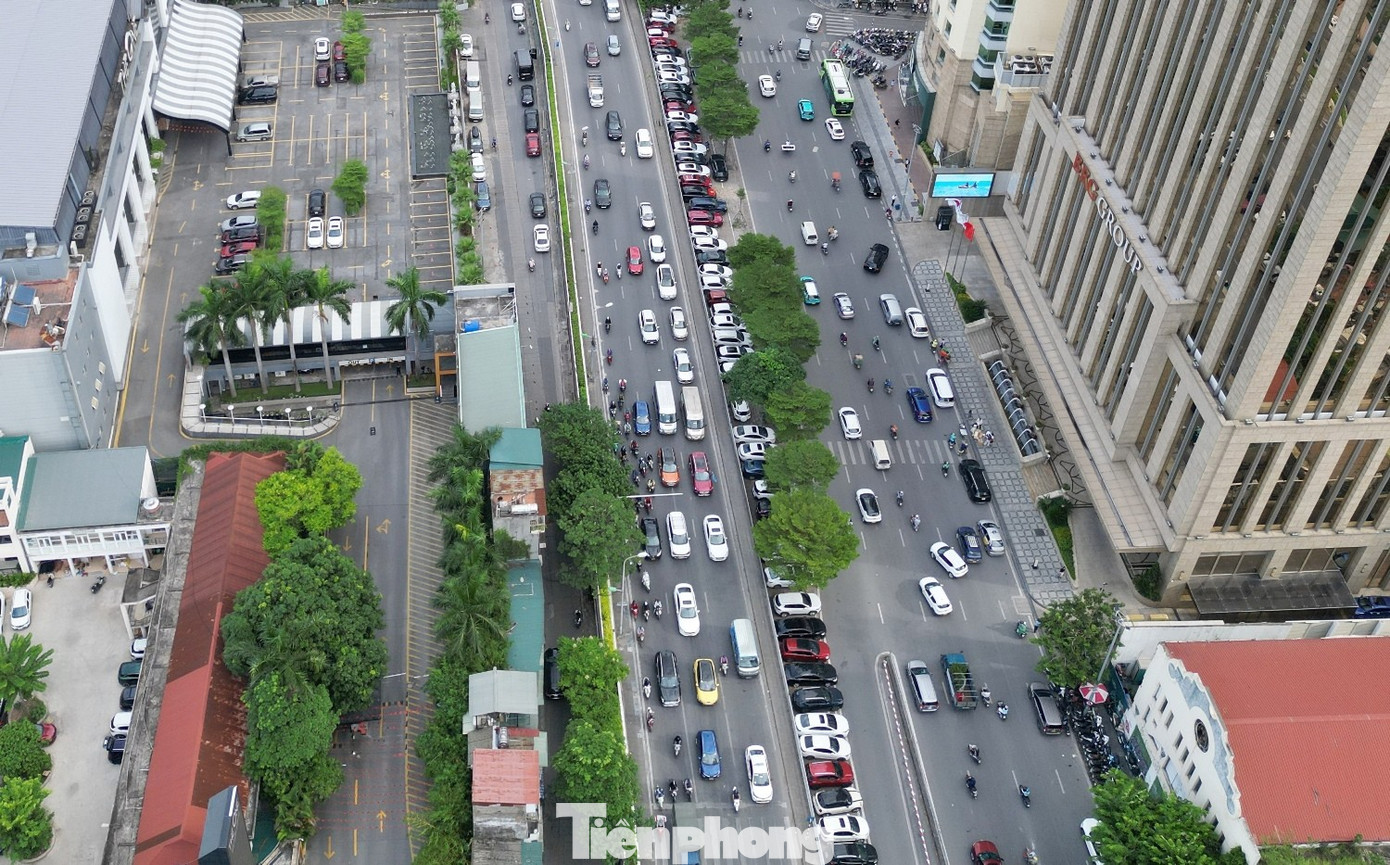
On the Tran Nhat Duat – Tran Quang Khai route, heavy traffic from ports, particularly Chuong Duong Do, contributes to significant congestion.
A representative from Hanoi’s Department of Construction outlined a two-pronged strategy to address these four congestion hotspots: traffic reorganization and infrastructure upgrades. For traffic management, authorities will conduct on-site inspections and traffic volume surveys to optimize traffic light systems. Additionally, they plan to narrow medians and widen sidewalks to increase intersection capacity and reduce traffic conflicts.
The Ultimate Showdown: Unveiling the Revamped An Phu Interchange Project
The Ho Chi Minh City authorities are expediting the An Phu intersection project, tightening contractor management to ensure completion by December 31, 2025.
The Capital City Considers: Implementing an Automated Toll Collection System for the City Center
On November 1st, the Hanoi People’s Committee held its regular meeting for November 2024 to discuss several matters ahead of the Municipal People’s Council session. During this meeting, the city’s leaders considered and provided feedback on the proposal to implement a fee-based scheme for entering the inner-city areas.
“Smart City Leap”: Optimizing Ho Chi Minh City’s Intelligent Transport Systems
“Embarking on a digital transformation journey, Ho Chi Minh City, a bustling metropolitan area, is leaving no stone unturned to stay ahead of the curve. As the city undergoes this pivotal process, it has meticulously laid the groundwork, ensuring a seamless transition into the digital era, marking a watershed moment in its illustrious history.”

